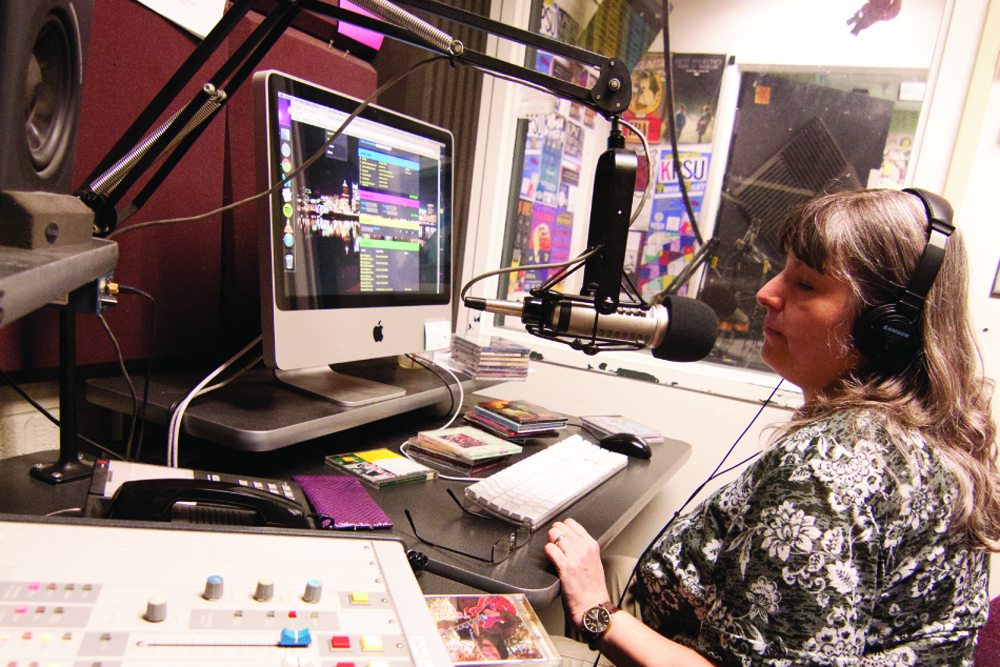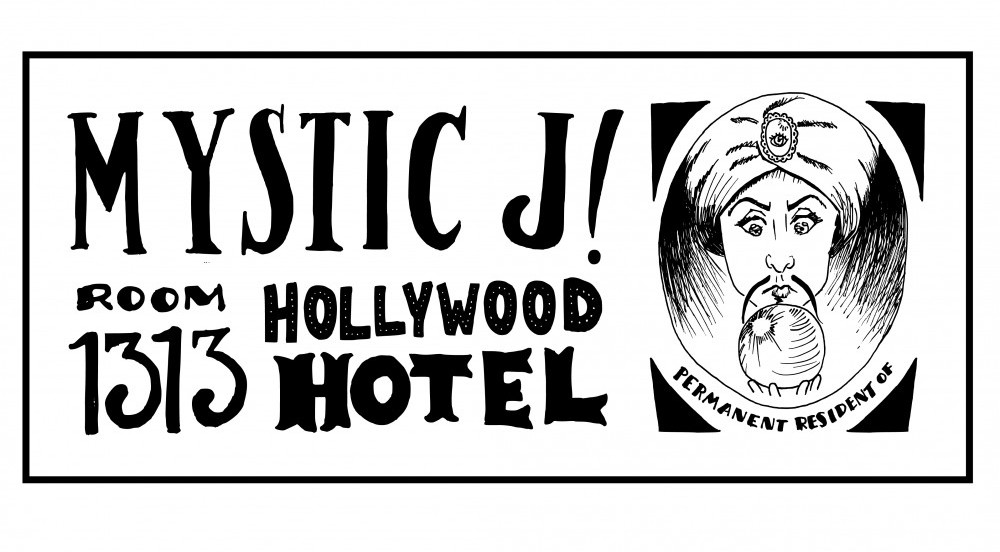There was a time when the term “indie” signified something more than some imagined genre of music.
You might look at the bio line at the end of this article and wonder how someone who works at a college radio station would dare assert that college radio sucks, but the fact of the matter is that KPSU is the exception to the rule.
Here at KPSU, we’re one of a handful of truly freeform stations, which means we have no play requirements and feature no syndicated programming.
The majority of college stations in America are essentially CMJ-format stations. What is CMJ? CMJ began in the late ‘70s as College Media Journal, a trade publication aimed at college radio programmers that allowed them to submit charts of their most played songs and artists—similar to how Billboard was serving mainstream radio stations.
In the ‘80s and ‘90s, as radio stations began to get increasingly corporate and the FCC became more consolidation friendly, college stations became increasingly important to those looking for an alternative to the national zeitgeist.
In the ‘90s, seminal college radio vanguards like the bands Superchunk, Guided By Voices and Archers of Loaf topped the CMJ charts with little mainstream radio airplay and were able to tour nationally, playing modest venues across the country.
In great contrast to the then newly christened “alternative” radio format (featuring bands like Pearl Jam, Live and Seven Mary Three who aped the most accessible parts of college radio), ‘90s college rock was a vibrant scene with an independent ethos behind it.
Many of these bands did their own press, ran their own labels or were signed to independent labels, not just small subsidiaries of major labels, and had no ambitions of performing on the Video Music Awards.
What do the CMJ charts of today look like? There’s not a single act in the top 20 without a label, a publicist (or a team of them) or a booking agent behind them. Bands like Alt-J get alternative corporate radio airplay (they recently headlined a sold out KNRK 94.7 December to Remember show at the Crystal Ballroom).
Sadly, many of the acts getting major CMJ airplay like Foxygen, Growlers or Zola Jesus are incredibly passé and derivative of older, better stuff in the same way that Pearl Jam, Silverchair and mainstream ‘90s rock bands were.
The other issue here is that the vast majority of artists on the CMJ charts are covered extensively by Pitchfork Media, Stereogum and other indie online music outlets.
There’s a deeply troubling simulacrum that’s been formed of bands getting covered by these outlets.
First, they get onto the iPods of young millennials through social media promotion, a generation that seems more inclined to retweet or share things that are already popular, as opposed to taking the agency to discover art for themselves.
Then, they start headlining huge corporate festivals like Coachella, Outside Lands and the joke that Musicfest NW has turned into.
Incidentally, these corporate festivals are destroying local music industries across the country. But that’s a feature for a different day.
Instead of acting as an alternative to this simulacrum, CMJ stations are reinforcing it. Perhaps that’s due to these stations largely being staffed and DJ’d by younger millennials who are steeped in meme culture, and who are more likely to spend an evening binge watching sitcoms on Netflix than going out to see local bands perform.
There seems to be a large segment of the population here in Portland who will only attend a concert if there are over a thousand people in attendance.
It’s an unfortunate reality that CMJ stations are playing the same role for indie music (which, again, the term indie is used to signify something more than what it has been marketed as since the mid-aughts) that corporate radio stations have for alternative music.
It doesn’t have to be this way. There are some truly amazing things happening in radio including the local success of community station X-Ray FM, and The Best Show on WFMU becoming a national phenomenon before ending last winter (and soon relaunching later this fall).
There’s also something to be said for the success of podcasts like The Nerdist, WTF with Marc Maron and The BS Report, proving that there is an audience in America for long form radio-like programs. Programs that act as a true alternative to their mainstream counterparts.
Blake Hickman is the promotions director at KPSU, Portland State’s campus radio station. Student hosted shows can be found on kpsu.org.





